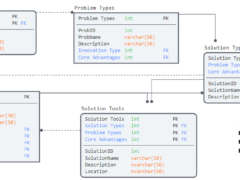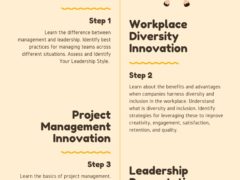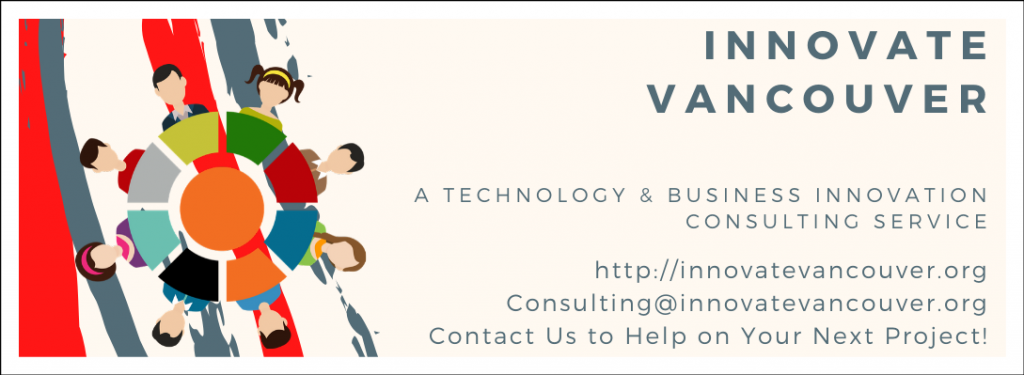In order to remain an effective, ethical, sustainable, and dynamic business a model to support workplace diversity is sorely needed. In a previous article I discussed the core competencies, skills, and strengths available in the diverse workplace. These competencies include flexibility, dynamic generation of ideas, ability to meet the needs of a broader and culturally complex community, as well as a smaller customer attrition rate. When workplace diversity is supported in an environment that seeks human resources, structural, procedural, and social innovation everyone wins.
Not all organizations have the same core competencies. As a result, the pursuit of realizing the benefits of workplace diversity may be out of reach for some until the organizational culture is better aligned with the individual and community cultures served.
There are many models available for organizations to use to support their journey towards supporting workplace diversity. Each of the models must be followed ‘to their intent’ if the values are to be realized. Organizational efforts that simply ‘check off the box’ to reach compliance with workplace diversity models (or Accreditation Requirements, CARF, etc.) will inevitably produce performance that deviates from the model’s intent.
Shallow execution of guidelines and ‘best practices’ will produce inelastic and unconvincing results at best and increase conflict, friction, and stakeholder dissatisfaction at worst.

The above image depicts a generic model for evaluating organizational readiness & commitment to supporting workplace diversity.
Without mastering these stages the development of the core competencies will meet resistance.
- Avoidance of Awareness: At this stage the organization’s primary goal is to find blind spots and issues.
- Avoidance of Learning: At this stage the organization’s primary goal is to increase familiarity with blind spots and issues present in the organization.
- Individually Created Awareness: At this stage the organization’s primary goal is to find priorities and resources to grow (and bridge performance gaps).
- Individually Created Learning: At this stage the organization’s primary goal is to increase knowledge, skills, and abilities.
- Co-Created Awareness: At this stage the organization’s primary goal is to engage others throughout the organization’s systems (internal & external) to find strengths, weaknesses, opportunities, & threats. The organization should also be building upon past successes as future goals are identified.
- Co-Created Learning: At this stage the organization’s primary objective is to improve engagement, communication, collaboration, buy-in, and growth towards goals that will have the greatest impact. Organizations at this stage will also re-engage previous/ongoing discussions in order to harness existing momentum and build upon it.
- Co-Creation, Engagement, & Support of Workplace Diversity: At this stage the organization’s primary goal is to set new goals to support Workplace Diversity. Organizations at this stage will often also leverage existing assets, resources, and historical successes to reach higher stages of development & engagement.
Workplace Diversity represents a plurality of norms, values, traditions, customers, and behaviors within an organizational framework that aligns mission, goals, and teamwork. How goals are achieved is to be aligned with the individual & the organization’s values while providing flexibility around processes, strategies, and skills.
Organizational leaders that can help co-establish shared goals, while supporting employees to develop their own skills and core competencies along the way, are more likely to realize a fully engaged and motivated team than if they were micro managed at every turn. Whether an employee needs directing, training, mentoring, or coaching (see Situational Leadership by Ken Blanchard) will depend on their motivation, attitude, and experience with the task at hand.
This is not to say that the organization’s mission, values, or vision remain arbitrary or can be adjusted whenever inconvenient. Organizational fit, alignment, and investment remain key attributes of an effective and happy employee. To achieve this requires the engagement and support of both the employee and the organization. Without the support of both any efforts to produce lasting organization (or individual) change is likely to result in failure.

The above image depicts a generic GAP Analysis. Starting at the beginning, the Organization’s goal is to better understand where they are, how they got there, and the barriers that interfere with both organizational learning and additional gains. Without a structured approach the organization’s efforts, and past successes, are likely to remain ineffective and un-reinforced. Subsequent improvements are unlikely as the organization’s progress become stalled in confusion, misalignment, and lost traction.

Drafted from Material Found on the Following Website:
The above graphic represents the components and guidelines recommended in the CARF Manual for organizations to support Workplace Diversity in a Nonprofit Organization. Pages for each area are also highlighted. Please refer to CARF for further updates and details that may be relevant to your organization & industry.
The structural components of a diverse workplace include the following initiatives and competencies that address policy, procedure, values, resources, business infrastructure, processes, and expectations (etc.):
- Review Process
- Accessibility
- Diversity Training, and the
- Diversity Plan
The following developmental model highlights the order in which these ecosystem and business model competencies are related (and developed).

The Diversity Plan includes recommendations are also made to reflect the specific industry, services, and programming provided by the organization. When the plans goals are realized the competencies acquired will reflect a larger diversity supporting ecosystem.
The quality of the organization’s diversity plan will depend on the extent to which feedback mechanisms are incorporated. As mentioned above completing a checklist is not enough. The difference between meeting the ‘letter’ vs. ‘intent’ of the diversity framework will be realized through the benefits (or lack thereof) realized.
How is your organization supporting workplace diversity beyond just completing the check-list? What competencies have you found essential to insuring the core competencies are developed? What would you add to the Model to Support Workplace Diversity? Leave your comments below.
Travis Barker, MPA GCPM
Innovate Vancouver
http://twitter.com/innovatevan
Innovate Vancouver is a business development & consulting service and technology startup located in Vancouver, BC. Contact Innovate Vancouver to help with your new project. Innovate Vancouver also gives back to the community through business consulting services. Contact us for more details.




